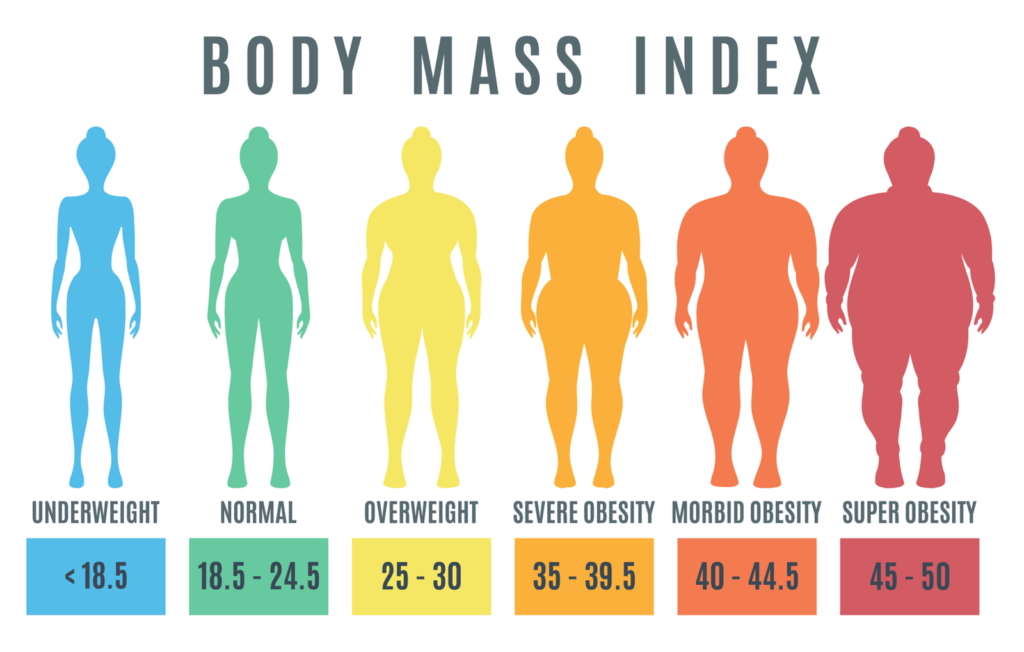If you’ve ever been told to ‘just lose weight’ but wondered why you can’t lose weight from your legs – I feel your pain. Lipedema is one of the most misunderstood and misdiagnosed conditions there is. Getting an official Lipedema diagnosis is difficult due to lack of awareness. The two conditions are often confused – Lipedema vs Obesity – but they are very different in cause, symptoms, and how Lipedema responds to diet and exercise.
This confusion leads to shame, frustration, and – most heartbreakingly – delayed diagnosis for thousands of women.
What Is Lipedema?
Lipedema is a chronic fat disorder that mostly affects women and typically starts around puberty, pregnancy, or menopause. It causes a symmetrical buildup of fat – usually in the hips, thighs, knees, calves and sometimes arms – Lipedema fat doesn’t respond to diet or exercise in the same way as ‘normal’ fat caused by Obesity.
Common signs of Lipedema include:
- Tender fat and Lipedema pain in the legs/arms
- Easy Lipedema bruising
- A clear disproportion between upper and lower body
- Swelling that gets worse as the day goes on
- Fat that feels nodular or firm under the skin
What Is Obesity?
Obesity is a condition where excess body fat accumulates to a point that it may affect your health. It’s generally linked to a caloric imbalance – meaning more energy is consumed than burned – and is commonly associated with lifestyle, metabolic, or hormonal factors.
Key signs of obesity include:
- Fat distributed throughout the body
- Often improves with sustained weight loss efforts
- May include visceral fat (around organs), not just under the skin
- Typically not painful or tender to the touch
Body Mass Index
According to the World Health Organisation (WHO), the definition of obesity is based on Body Mass Index (BMI). Although personally, I don’t believe that BMI is a consistent measure for obesity at all. For the diagnosis of Lipedema, Waist-to-Height (WtH) ratio is more important than the BMI. WtH ratio is beneficial to assess shape disproportions that are typical for Lipedema.
In obese patients, the presence of excessive fat is associated with significant risks to health, being overweight and Obesity can both lead to chronic medical conditions associated with the heart and cardiovascular system, diabetes, osteoarthritis, and an increase the risk for some cancer types.
Key Differences Between Lipedema and Obesity
|
Features |
Lipedema |
Obesity |
|
Fat Location |
Lower body, symmetrical |
Can affect entire body |
|
Pain & Tenderness |
Yes, common |
Rare |
|
Bruising |
Frequent |
Less common |
|
Response to Diet/Exercise |
Poor |
Good |
|
Skin Texture |
Nodular, spongy fat |
Varies |
|
Swelling |
Common |
Less common unless comorbid with Lymphedema |
|
Gender |
Almost exclusively women |
Affects all genders |
Can You Have Both Lipedema and Obesity?
Short answer – yes – and this is where things get complicated. Many women with Lipedema also have coexisting obesity, which makes diagnosis even harder. You might lose weight in your face, chest, or waist – but your legs stay the same, or even look more disproportionate. Sound familiar? That’s a key red flag for Lipedema.
This combination can also make mobility and self-esteem issues worse, leading to Lipedema and mental health issues and in some cases disordered eating. So getting the right diagnosis is essential to create a plan that works for you.
Why Lipedema Is Often Misdiagnosed
Most doctors aren’t taught about Lipedema in medical school. Instead, patients are often dismissed, told to try harder with weight loss, or offered weight loss surgery that won’t address the root cause.
That’s why self-advocacy and Lipedema awareness are so important. If you suspect you have it, bring a list of your Lipedema symptoms, or a printout this blog post, to your GP and request a referral to a Lymphedema nurse or vascular specialist. You can also visit the Find a Lipedema Specialist section of our directory for help getting diagnosed.
What to Do If You Think You Have Lipedema
If this blog post resonates with you, here are some steps you can take right now:
- Document your symptoms – Take photos, note when the swelling is worse, track pain levels.
- Educate yourself – Print resources, watch medical explainer videos for Lipedema on YouTube, and join supportive communities.
- Book a GP appointment – Bring evidence and politely insist on a referral – don’t take no for an answer!
- Explore our directory – Search for diagnosing specialists and Lipedema surgeons worldwide.
- Join the community – Check out our fast-growing r/lipedema subreddit to share your story or ask questions.
Lipedema vs Obesity – Trust What Your Body Is Telling You
Although Lipedema and Obesity are two very different medical conditions with separate symptoms and causes, they can often occur in conjunction. Studies show that up to 85% of Lipedema patients are obese. This is a shocking statistic.
So, if you’ve been working hard to lose weight but feel stuck in a body that doesn’t represent your efforts – it’s time to consider that this may not all be down to willpower. Lipedema is common, and so is the struggle. The more we raise awareness around the difference between Lipedema vs Obesity, the more women can get the diagnosis, support, and treatment they deserve.
Disclaimer: My blogs talk about Lipedema, diet, surgery and much more. I’m talking from my point of view to help women, and remind them they are not alone. I am not a medical professional, so the content above is from my own perspective with research I have done into the topic. It’s not meant as medical advice, you should always consult your doctor or a specialist for both your diagnosis, and a treatment plan.


